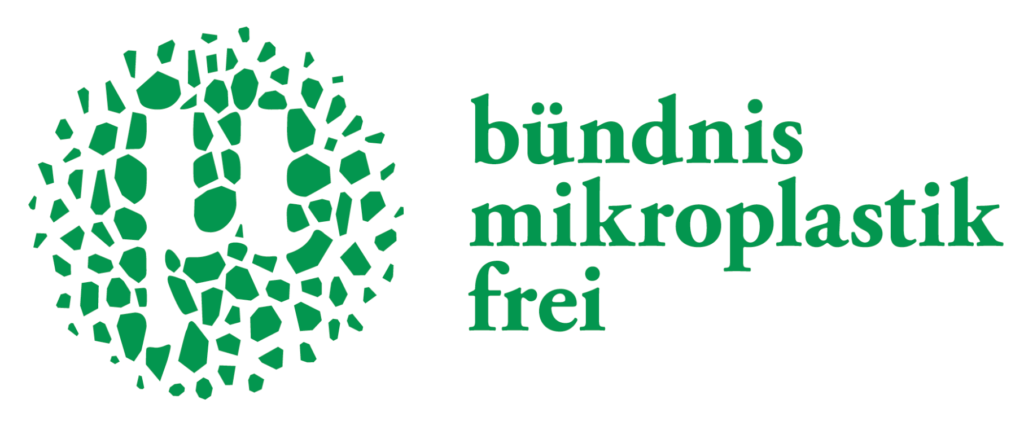Status quo of disinfection: safety for users and the environment
The most important foundation of medicine is the high standard of hygiene, the central importance of which becomes particularly apparent in times of pandemics and the increasing development of microbial resistance. In health care, infection prevention serves patient safety and the protection of employees, in companies it serves product and consumer safety. Hygiene plans adapted to the respective institution are legally binding in Austria and Germany and require the use of effective disinfectants. Considering the large number of institutions in the health care sector and adding the manufacturing food industry and pharmaceutical companies, correspondingly high quantities of disinfectants are indispensable for or before certain work steps.
At first glance, chemical disinfection and environmental protection seem to be two diametrically opposed areas. Substances that specifically eliminate microorganisms to protect humans can also kill environmentally relevant microbes of various kinds via wastewater. In addition, some disinfectants contain molecules, such as environmentally stable aldehydes or quaternary ammonium compounds (QAVs), which accumulate in the environment and, depending on their concentration, can have long-term toxic effects on aquatic organisms.
Focus on hand disinfection
Hand washing is often assumed to be the more skin-friendly version and disinfectants the more "aggressive" measure of hand hygiene. However, the pandemic in particular showed that excessive hand washing with soap damages the skin barrier and thus promotes the development of irritative-toxic hand eczema. Consequently, hand disinfection is preferable to frequent washing. Unlike surface disinfection, however, skin-compatible active substances must be used, as only these are tolerated by the user on a correspondingly regular basis. A central element of infection prevention is the widespread availability of hand disinfectants, which guarantee comprehensive protection against infection but at the same time a high level of environmental compatibility.
Products with Sodium hypochlorite (NaOCl) are advertised as "particularly gentle, biological and natural". However, this active ingredient is highly toxic and chemically reactive. It is a surface disinfectant. It is not approved for hand disinfection in most countries.
Chemically pure alcohols - propanol or ethanol - in high concentrations, on the other hand, exhibit broad efficacy against bacteria, fungi and, in some cases, viruses by immediately and irreversibly denaturing and thus destroying the proteins of the microorganisms.
The alcohols are very well tolerated on intact skin and show three main advantages: They act very quickly, dry within 15-30 seconds without leaving any residue and do not show any harmful or irritating residues for humans or the environment. The development of resistance to propanol or ethanol can be ruled out.
Skin degreasing is prevented by nourishing additives such as dexpanthenol and vitamin E. They are harmless to the environment. They are harmless to the environment, while Glycerine is produced in an energy-intensive petrochemical way, i.e. is petroleum-based.
In particular, the benefits of ingredients known as "remanent active ingredients" (e.g. Chlorhexidine, Triclosan, Mecetronium etilsulphate, Orthophenylphenol), i.e. active ingredients remaining on the skin, must be critically questioned.
For chlorhexidine, for example, a bacterial resistance, Induction from Cross-resistance to reserve antibiotics and Skin irritations and anaphylaxis have been described. In addition, the molecule remains stable in waste water. Also Triclosan can cause contact allergies and is highly toxic to aquatic organisms. In 2016, it was therefore banned in the USA as an environmentally harmful and unhealthy substance in rinse-off hand and body cleansing products.
The Commission for Hospital Hygiene and Infection Prevention (KRINKO) therefore advises against it: "Preparations with added antimicrobial remanent active ingredients are not recommended, as their addition does not improve efficacy, but increases the risk of side effects".
Focus surface disinfection
Especially for the disinfection of surfaces and instruments, numerous parameters such as material compatibility, the required exposure time and/or the required spectrum of activity must be taken into account.
Internationally, the trend towards biodegradable cleaning agents, such as the use of enzymes, can be observed. Furthermore, disinfectant wipes made of sustainable materials, which until now have often been made of PET (polyethylene terephthalate) or PP (polypropylene), are increasingly being offered. For the professional sector, more and more surface disinfection products based on active ingredients of Peracetic acid (PAA, peracetic acid) - which decomposes into oxygen, water and vinegar after use - or active oxygen. They have a particularly high performance spectrum (virucidal, sporicidal), are well compatible with many materials and leave no long-lasting toxic residues.
A valuable sustainable addition would be the prompt switch to upcyclable or recyclable disinfectant containers for hand and surface disinfection and their return by the manufacturers.
Databases for disinfectants
Vienna Disinfectants Database (WIDES database), Austria
Transparent presentation (in German and English) of the potential hazards of commercially available disinfectants. Enables the selection of a disinfectant that poses the least risk to staff, patients and the environment.
Society for Hygiene, Microbiology and Preventive Medicine (ÖGHMP), Austria
For routine disinfection measures in the human medical field.
Robert Koch Institute (RKI), Germany
List of tested and approved disinfectants and disinfection procedures for officially ordered disinfection in the human sector.
Disinfectants Commission of the Association for Applied Hygiene (VAH), Germany
For routine disinfection measures in the human medical field.
Hygiene and Surface Protection Industry Association (IHO), Germany
Tested according to the requirements of the EU Biocide Regulation, efficacy proven with expert opinions. The listed biocidal products cover the human, veterinary and food production sectors.
Biocides database of the European Chemicals Agency (ECHA)
Listing of active substances tested and approved in accordance with the requirements of the Biocide Ordinance.
© OÄ Dr. med. univ. Mahitab Khalifa-Paruch, Vienna, 11/2021







